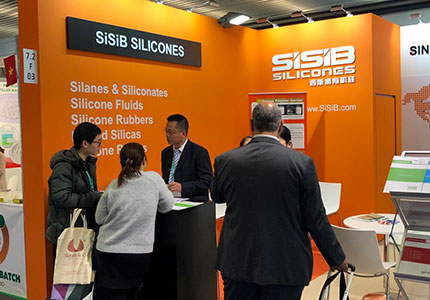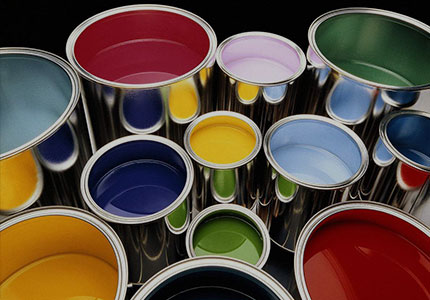SiSiB silicone rubber elastomers have excellent properties, such as heat and moisture resistance, flame retardancy, weather resistance and dielectric properties. They have been ideal candidates for industrial, power transmission, transportation and consumer applications.
SiSiB offers a broad portfolio of high consistency rubber (HCR), liquid silicone rubber (LSR), fluoro silicone rubber (FSR) and RTV-2 silicone rubber for mold-making.
SiSiB HCR products include peroxide and platinum cured silicone elastomers, which can be processed by traditional methods such as extrusion, calendering, compression and transfer molding, or injection molding.
SiSiB addition type silicone elastomer is platinum-catalyzed silicone rubber. The platinum-catalyzed reaction is much faster than the reaction initiated by peroxide. It improves productivity and does not produce any toxic by-products. It can improve the mechanical properties of the product (good elongation at break / tear strength / compromise of compression set).
SiSiB fluoro silicone rubber (FVMQ, FSR) is a durable elastomer that remains stable and low compression set at extreme temperatures. Fluorosilicone rubber contains trifluoropropyl groups, which enhances its resistance to non-polar solvents, fuels, oils, acids and alkaline chemicals. Because of the unique properties, it is widely used in aerospace, automotive, industrial, and aviation applications for static sealing and cushioning. Fluorosilicone is ideal for static sealing applications, but it is not recommended for dynamic sealing operations because of its limited physical strength, high coefficient of friction, and low abrasion resistance. Typical applications include aerospace fuel system components, diaphragms, gaskets, hose lining, seals and O-rings.
SiSiB LSR is a two-component, platinum (addition/heating) curing silicone elastomer. One component contains platinum catalyst and the other component contains methyl hydrogen siloxane as a crosslinking agent and inhibitor. LSR can be molded and cured at high temperature, LSR also has quick cycle times and less raw material handling. The molding process allows for complex part geometries and precise dimensions.
Compared with heat curing rubber (HCR), liquid silicone rubber (LSR) has excellent processing performance, and has benefits such as productivity, precision, biocompatibility and long-term stability. But LSR can only be catalyzed by platinum; HCR can use peroxide or platinum curing process.
SiSiB RTV-2 is a two-part, room-temperature curing silicone rubbers designed for mold-making. It offers great flexibility, tear strength, chemical resistance, and release properties. Silicone molds can be used to cast a variety of materials, including polyurethane, polyester and epoxy resins, polyurethane foam, plaster, wax, concrete, and low melting metals etc. SiSiB offers both condensation curing and addition curing type RTV-2.
As a professional manufacturer in China, SiSiB provides customized silicone rubber products and relevant mold making materials, to meet strict specifications and demanding application requirements. Our custom silicone rubber compound polymer for casting and mold making can be made heat resistant,high consistent, thermally conductive, electrically conductive, pourable/pouring non toxic, gluing adhesive, clear translucent, elastic vulcanized, platinum catalyzed, addition tin cured, condensation fast cured, with high voltage, high temperature, low viscosity, etc. Various types of silicone rubber products by SiSiB factory, such as silicone mold rubber tubing, sheet and cord, are designed for different uses, with corresponding solution. For more information like the price per kg of hard/solid silicone rubber raw materials, please contact us. Buy products of high quality for sale in bulk, and get comparatively cheap wholesale price from our company, very cost effective.
 English
English 日本語
日本語 한국어
한국어 français
français Deutsch
Deutsch Español
Español italiano
italiano русский
русский português
português العربية
العربية tiếng việt
tiếng việt



